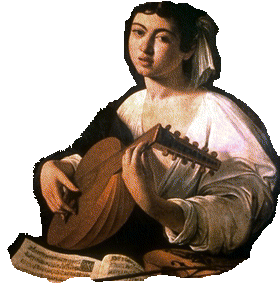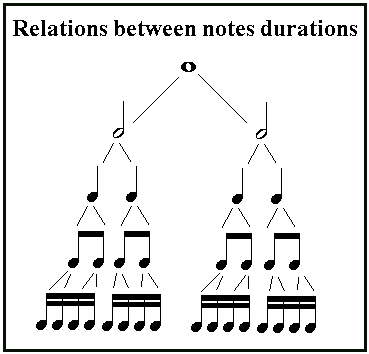Tempo, Rhythm & MeterTempo - the speed of music
In the MusixCool's
music lab you may listen to the Israeli national anthem played in different
tempos: Rhythm - the lengths of soundsEach note has its own duration. In every melody, there will be short sounds and long sounds. Among other things, notes allow us to write the length of each sound. Say our beat (a beat is a single pulse unit) is a crotchet (quarter-note). A line of identical sounds whose length is one beat would look and sound like this: You can also have crotchet-long rests: þþThere are also sounds that are a quaver long - two of them last one beat: By clicking the note duration chart you can get to know some more durations used in notation:
Meter - the regularity of downbeats and upbeatsIn different tunes, you can feel some notes are accentuated compared to others, which are weaker. This is the meter, according to which measure lines (bars) are aligned, for after every bar an upbeat will come.
In a duple meter, every first beat out of two is accentuated.
In a triple meter, every first beat out of three is accentuated.
In a quadruple meter (4/4 or 4/8), every first beat out of four is accentuated.
There are also beats based on quaver beats, such as the 6/8.
There will also be cases when the metre changes during the musical piece, as in the following example:
|




